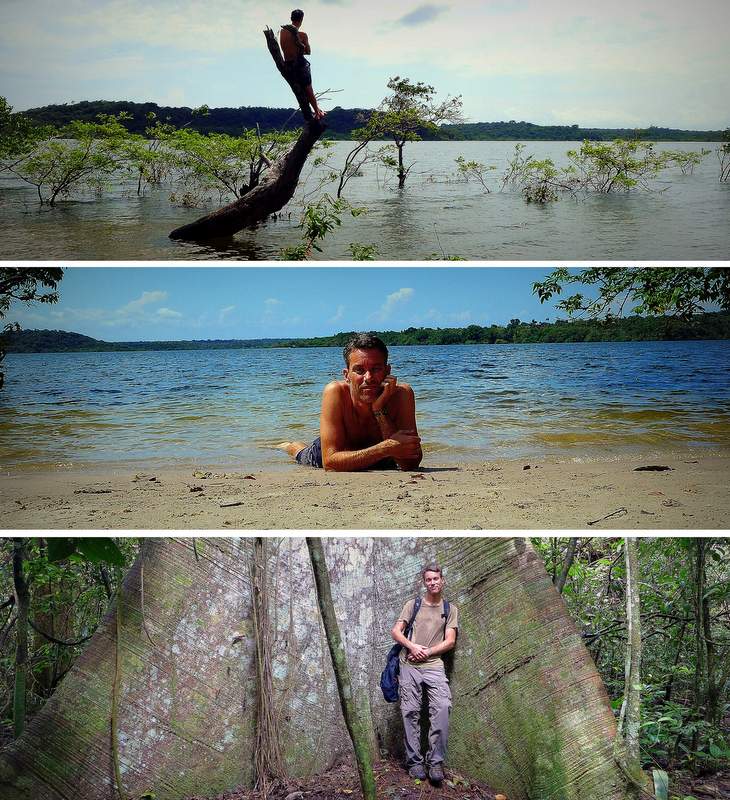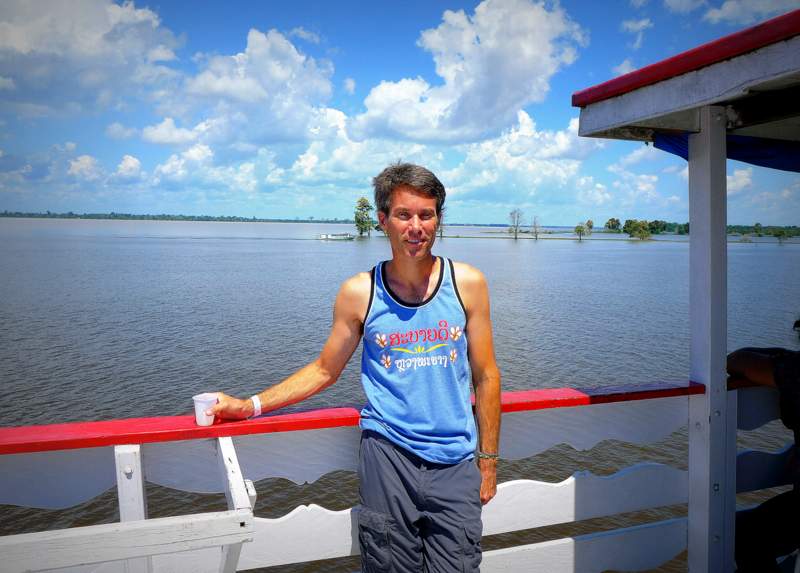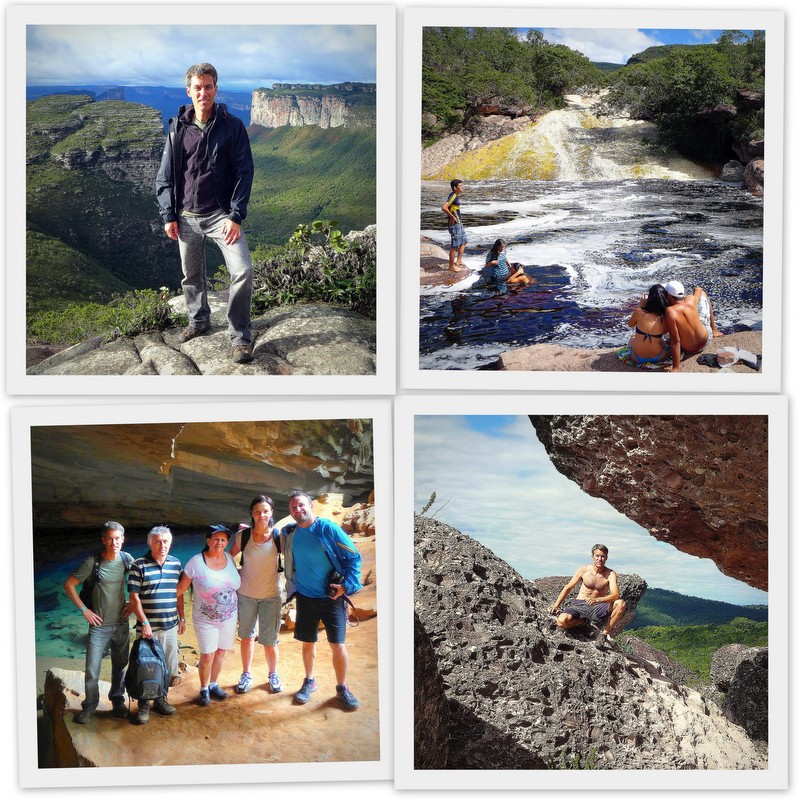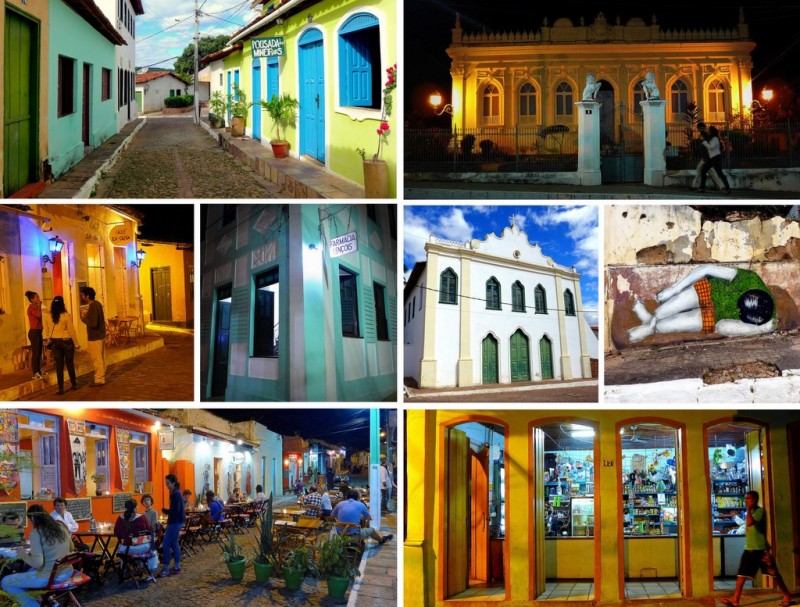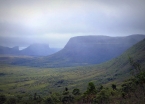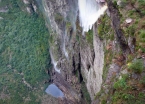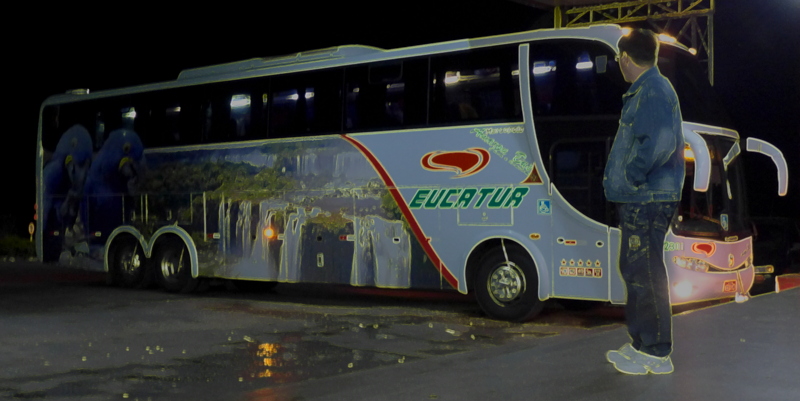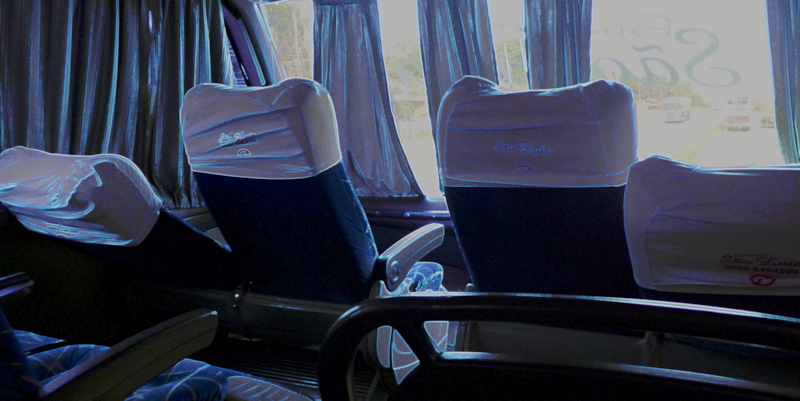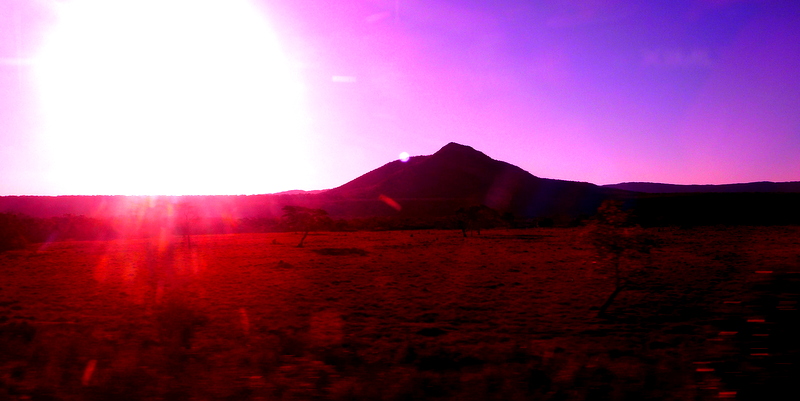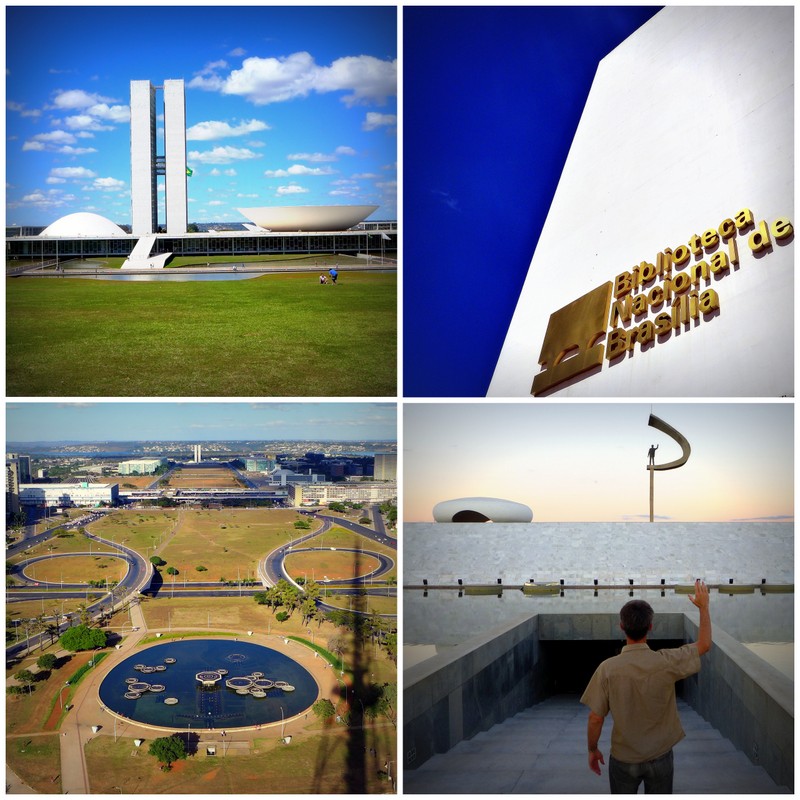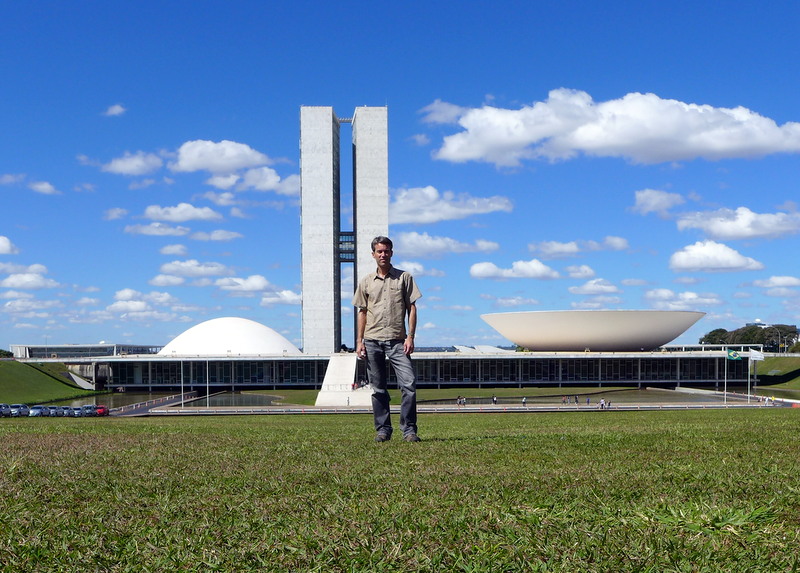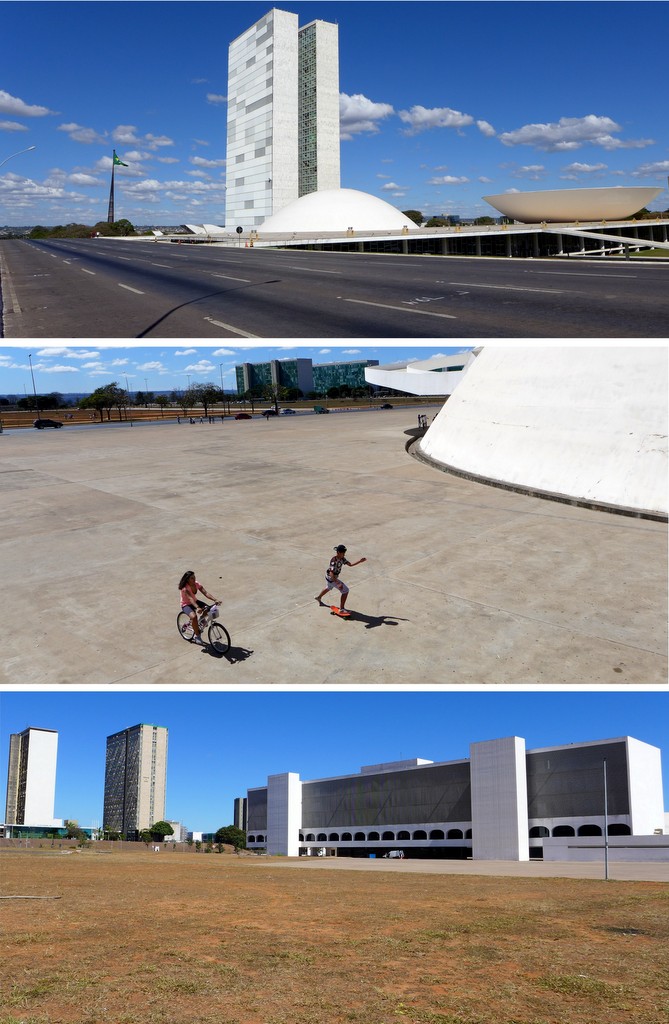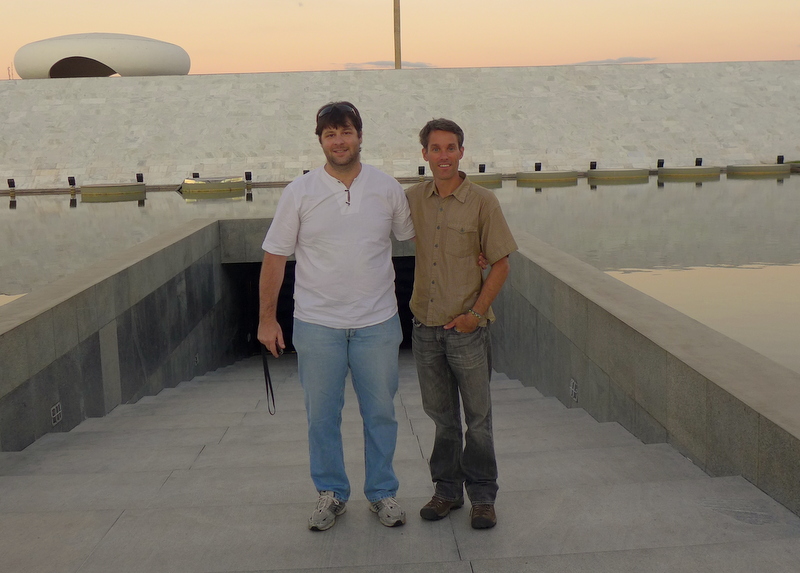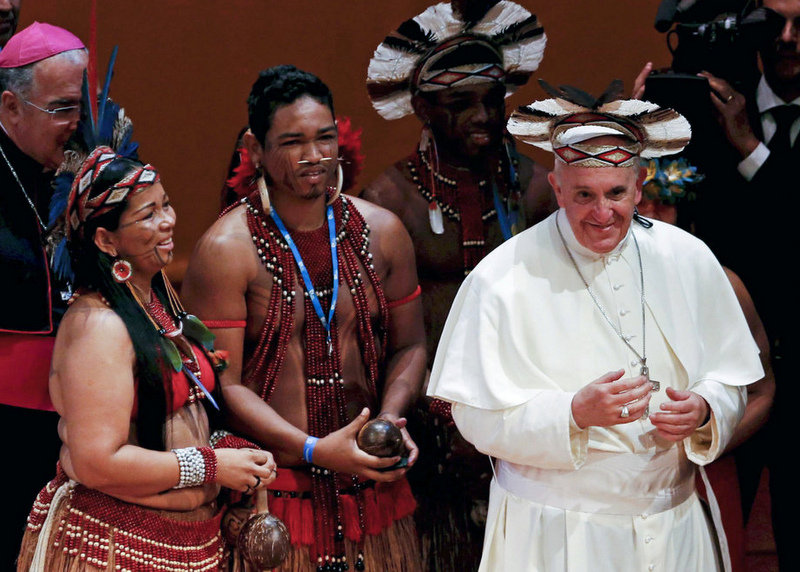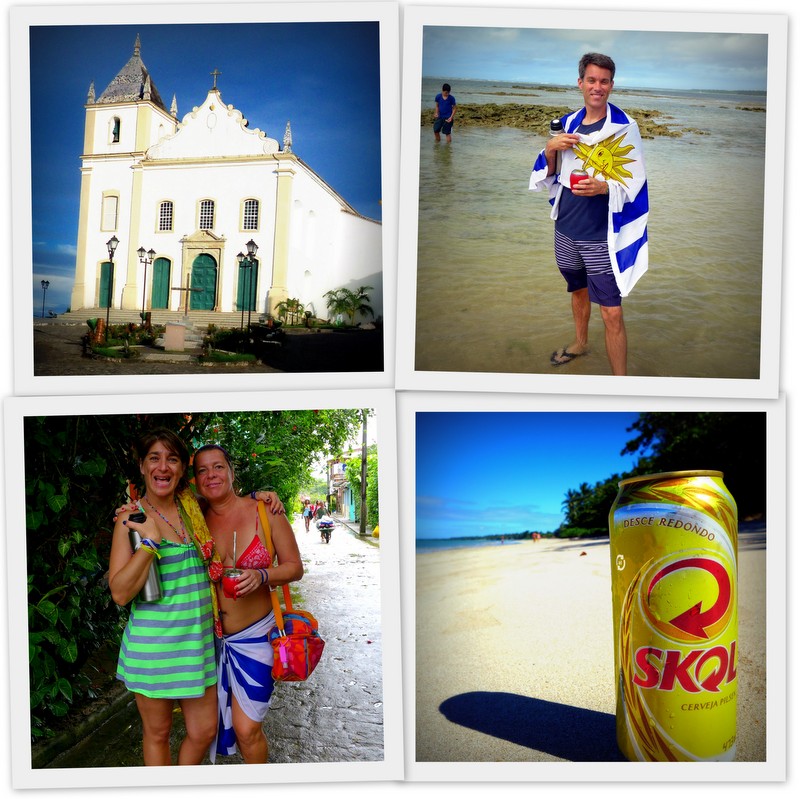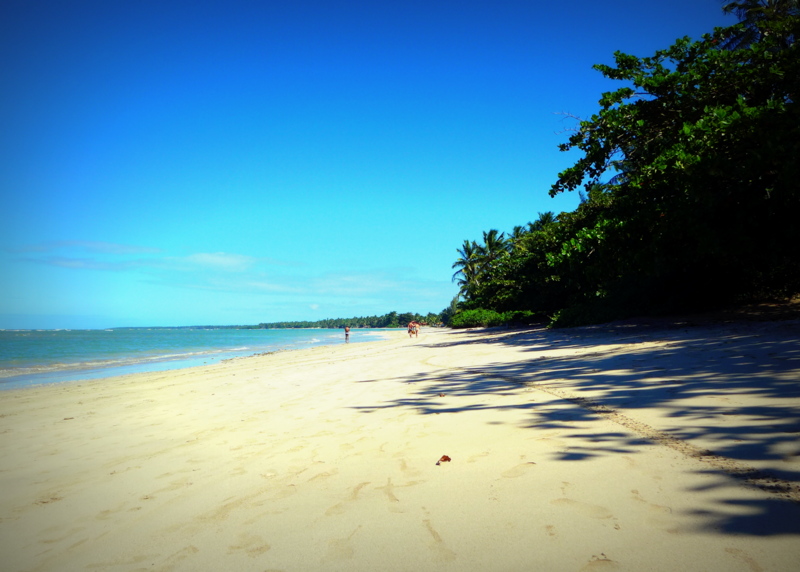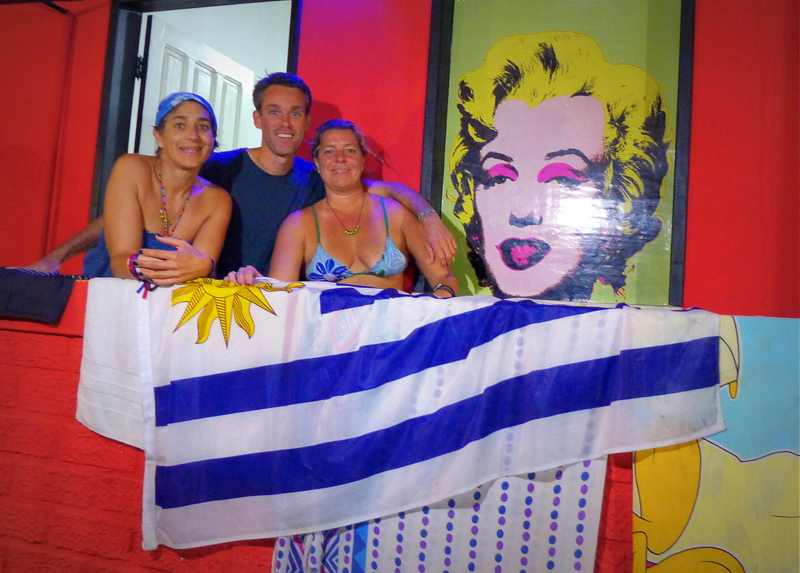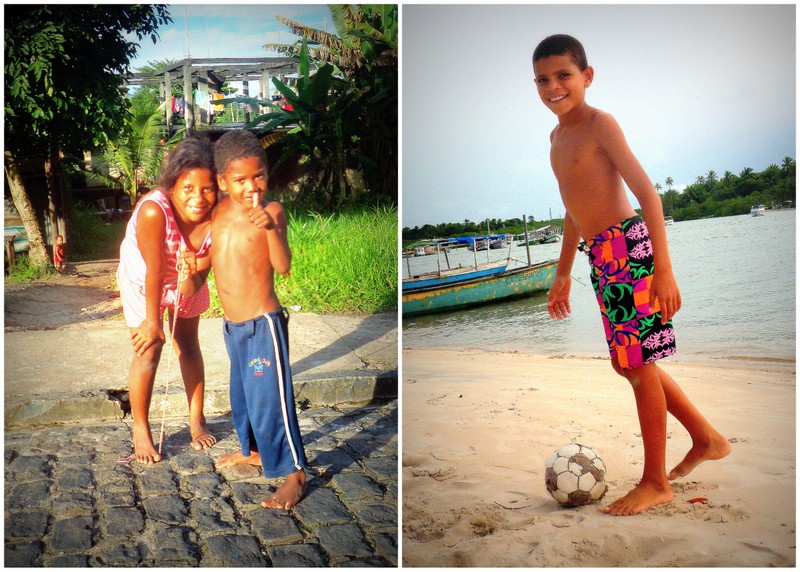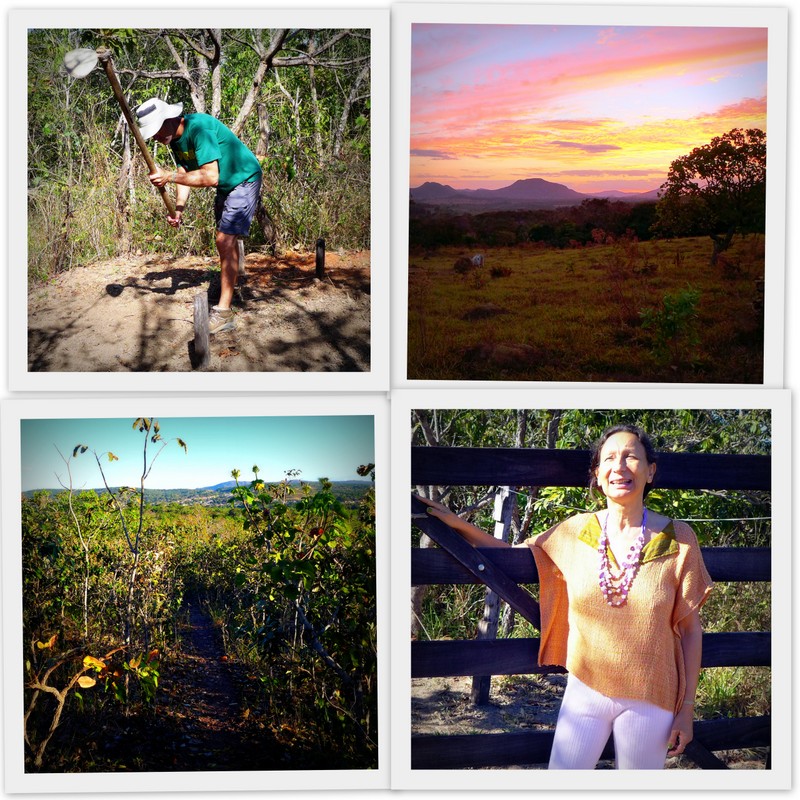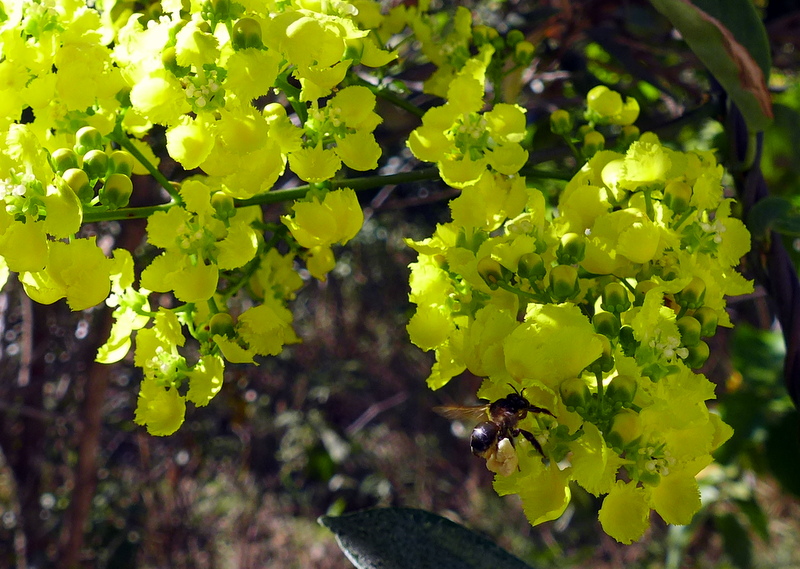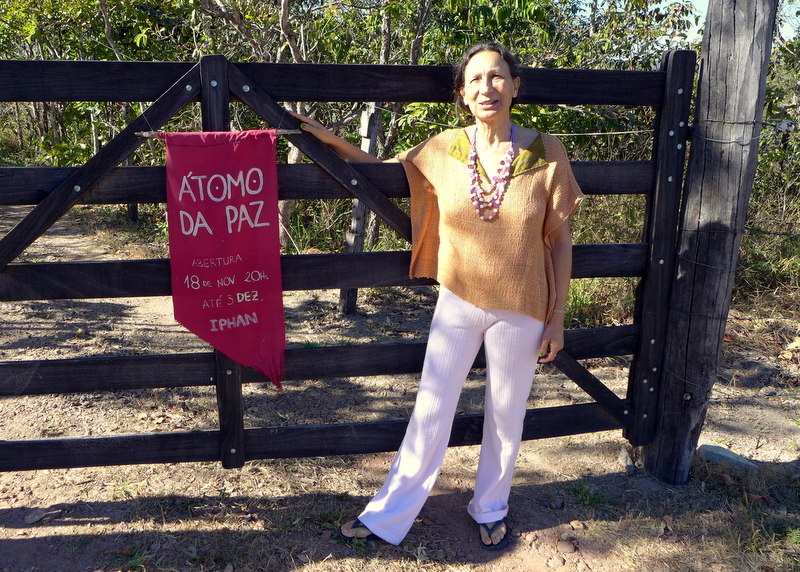We’ve been in San Miguel de Allende since September 5 to close on our new house that we purchased last June. Except for one week back to the United States to visit Paul’s mother who fractured her hip and was in rehab and fairly confused by all the trauma. This is the start of my new life in Mexico, and so far it’s going well despite my very long “to do” list. I am extremely satisfied with our decision and eager for the excitement to come. I love it here!
San Miguel has changed in many ways since I started visiting in 2004. There are stylish boutique hotels with chic rooftop terraces, restaurants with fancier cuisine, hip bars serving expensive mescals and organic ginebra cocktails, bakeries with lovely fig-and-lavender pastries, savory breads and even decent bagels.
New eateries and shops are popping up everywhere, not just in centro but peppered throughout the neighborhood colonias. There’s a notable expansion of shops and dining along the Ancha de San Antonio near us. A few short years ago the Saturday open-air organic market (known as tianguis here in Mexico) became a permanent food emporium with fresh produce (blooming artichoke flowers!), natural health products, prepared foods and a café and juice bar.
And perhaps the most shocking is the new City Market grocery store just near the Salida a Celaya intersection, which carries high-end Mexican and imported products to service a growing Mexican middle class and the still strong expat community. It features an entire aisle (both sides!) dedicated to Mexican craft beers and fine mescals (currently the trendiest liqueur here). And the fish section is a marvelous display of fresh catch. I asked for a half kilo of thick, silvery prawns from the Pacific Coast and the attendant shelled and deveined them at no extra cost – saving me time and effort! Of course, I gave a nice tip, which is always appreciated, and I’m learning that a well-placed propina can pay dividends on subsequent visits.
Continue reading “¿Dónde San Miguel?”
